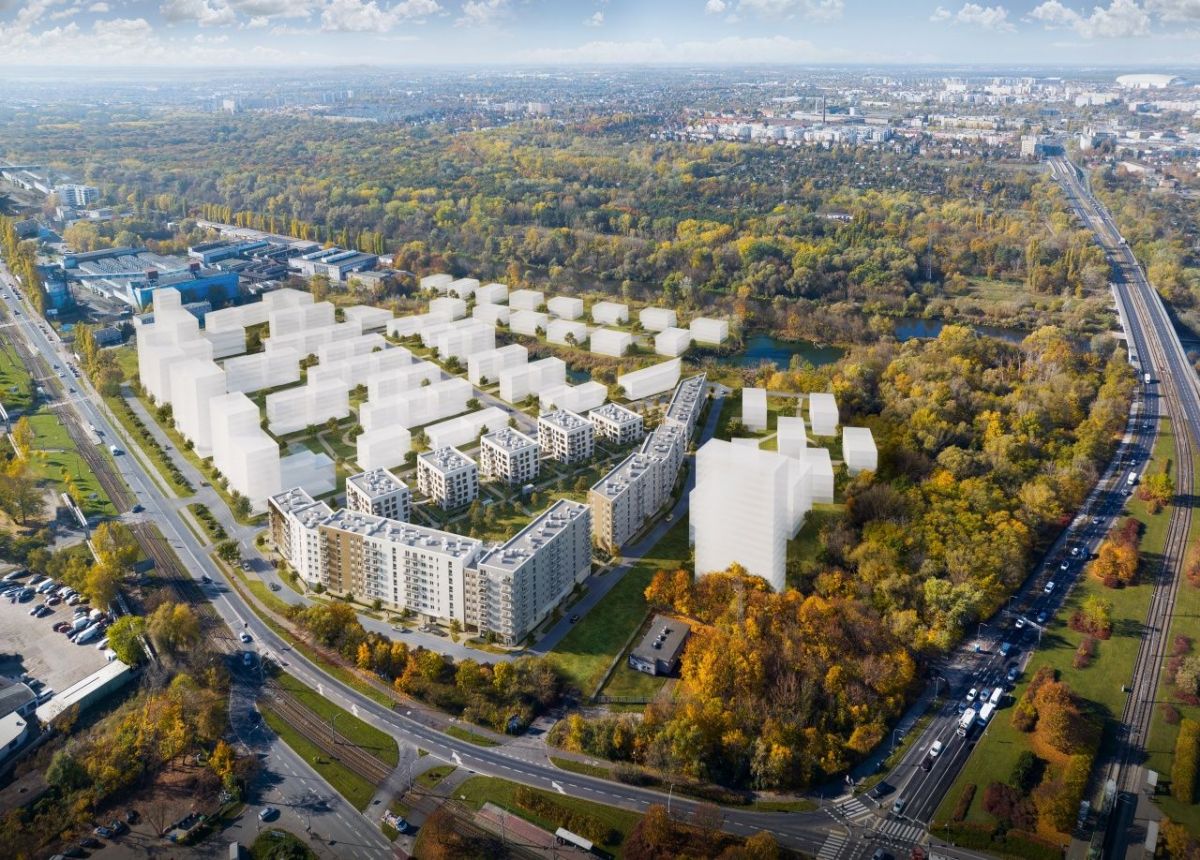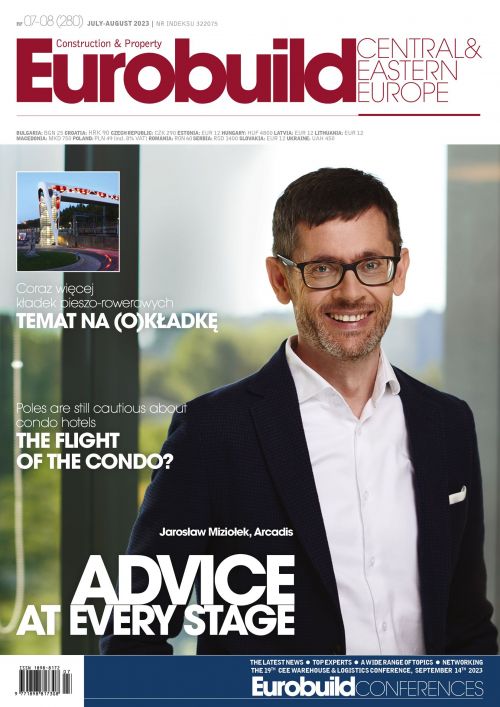This isn’t the company’s first foray into the housing sector. In Poland, it has already launched its Stara Rzeźnia multifunctional project in Poznań city centre and completed Riverview in Gdańsk’s former shipyard district, but it is certainly the biggest so far – it will eventually comprise around 50 buildings with about 1,800 apartments for purchase or rent, ranging from 30 sqm studios to 100 sqm 5-room flats.
Portowo, in the Starołęka neighbourhood south of the city centre, is so named because of its location on the 16 ha site of a former transhipment wharf, the remains of which can still be seen to this day. It dates back to 1881, when it was established in to serve the factories that operated nearby. Right next to the wharf, in 1941, a river shipyard was eventually built, which continued to operate after the war as the country rebuilt itself. River barges known as ‘Poznanianki’ were constructed and renovated on the site, where they were als































































